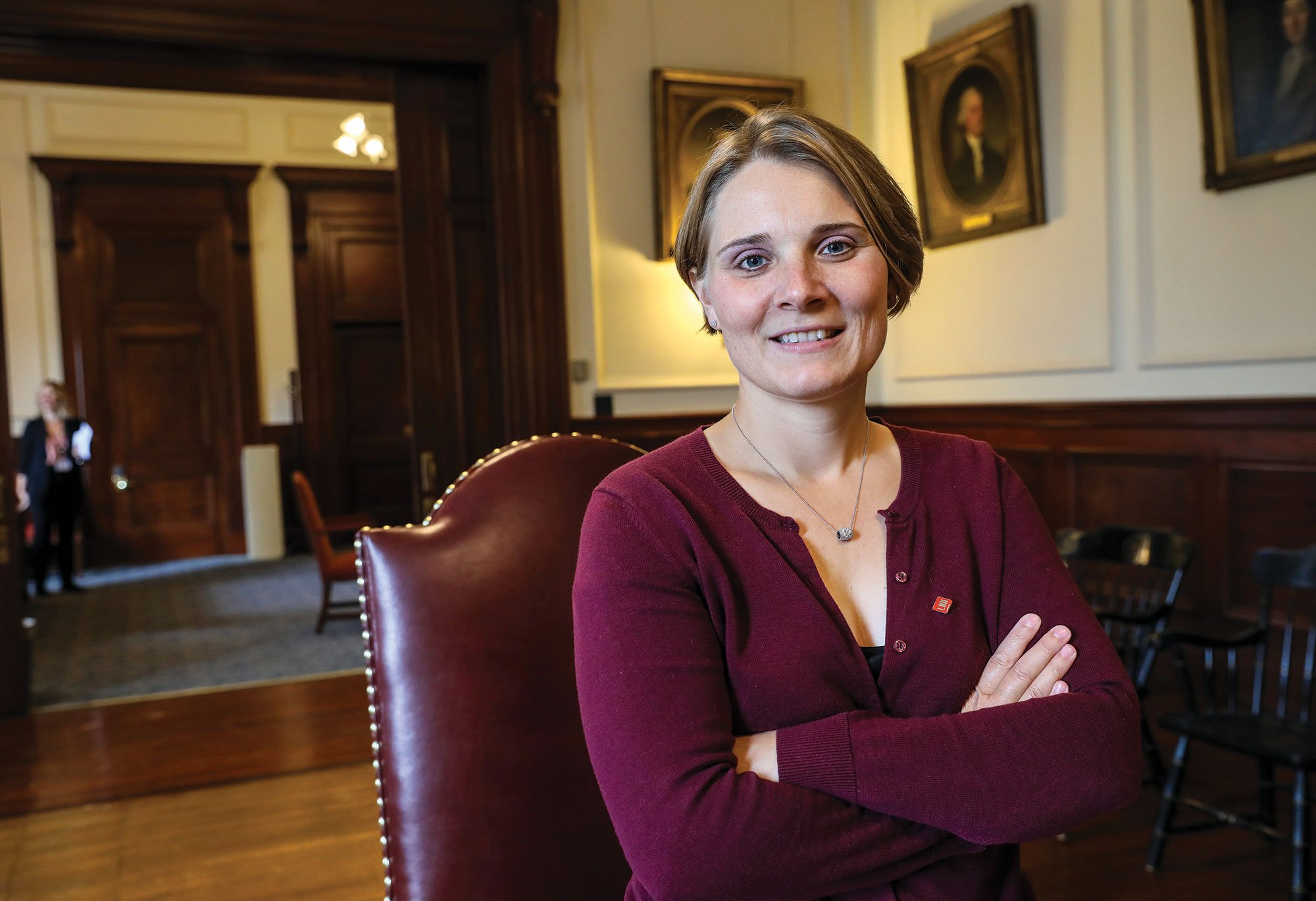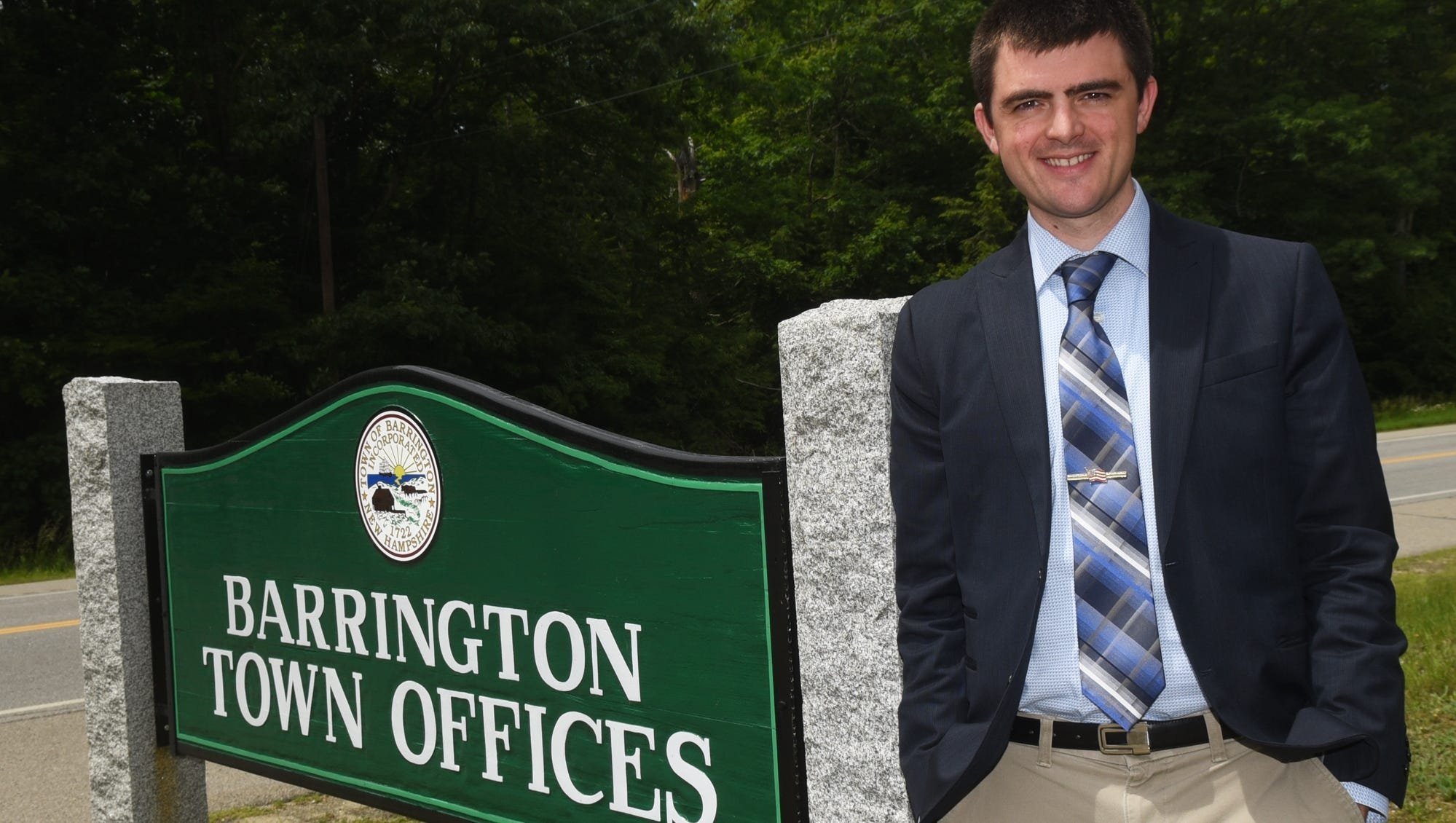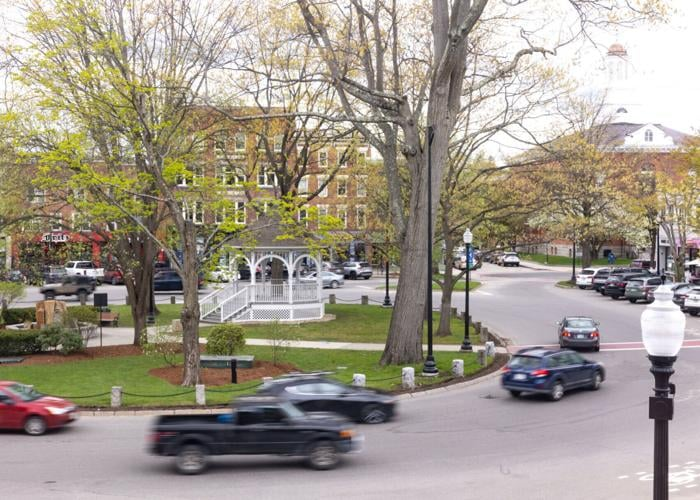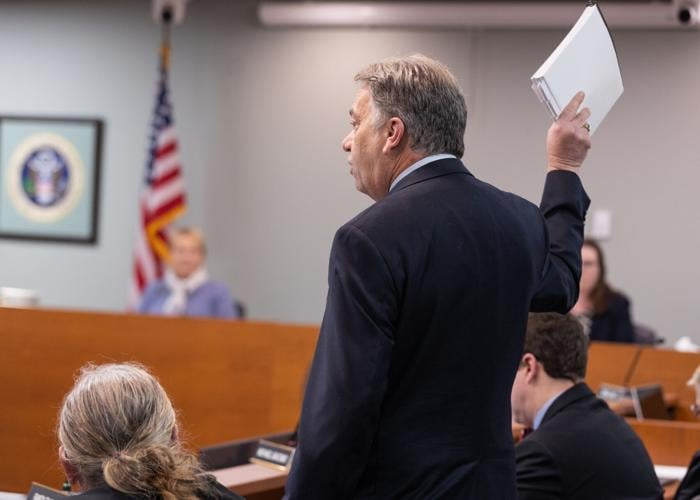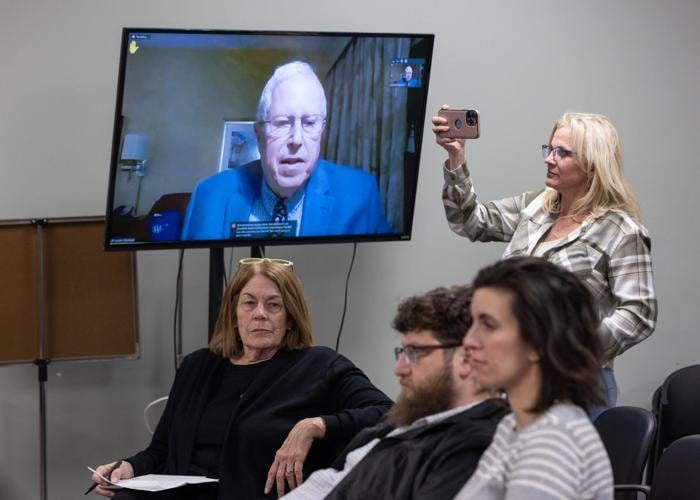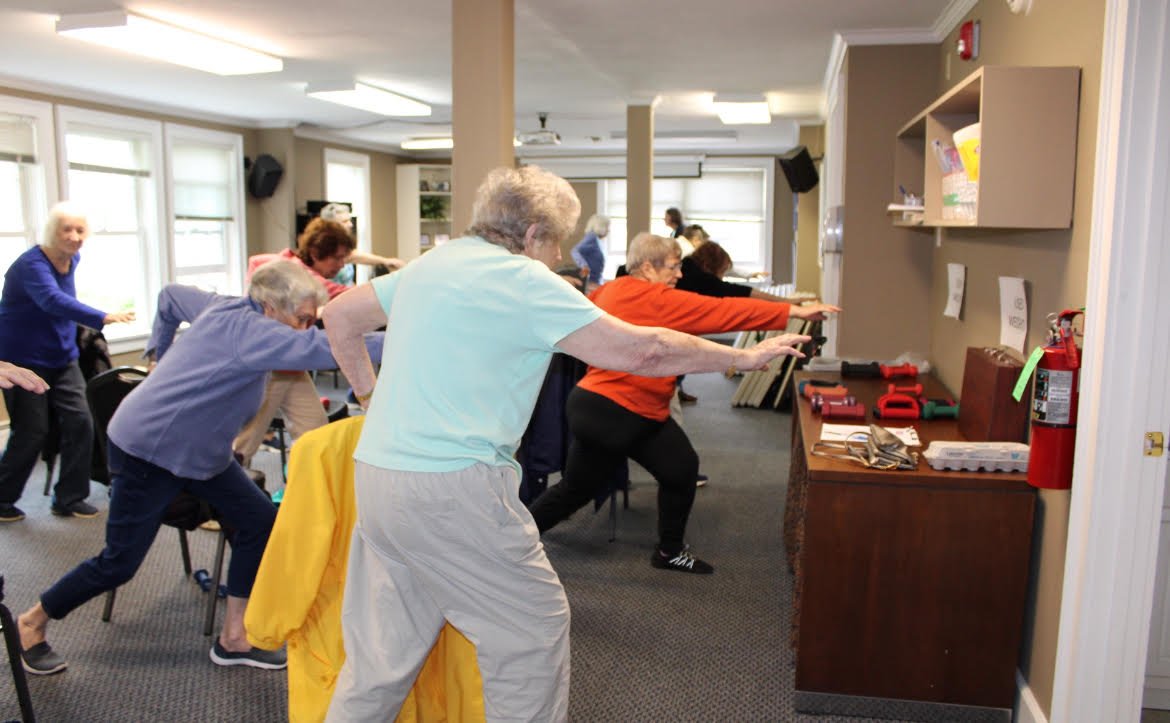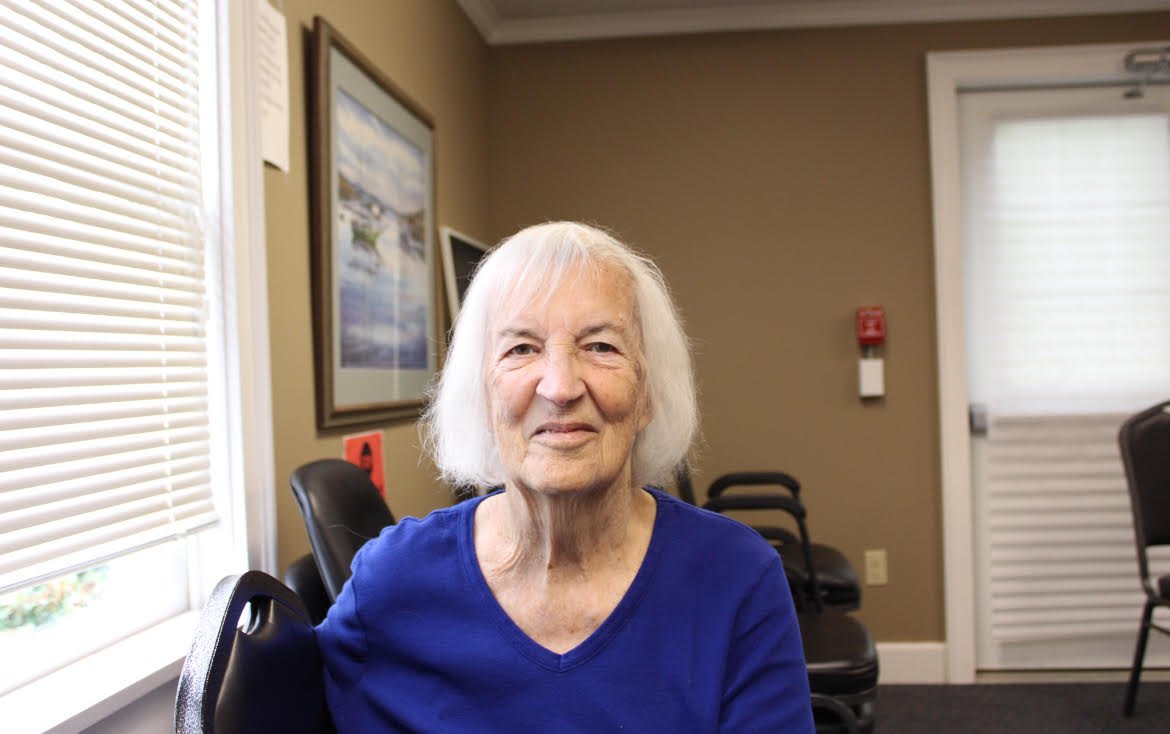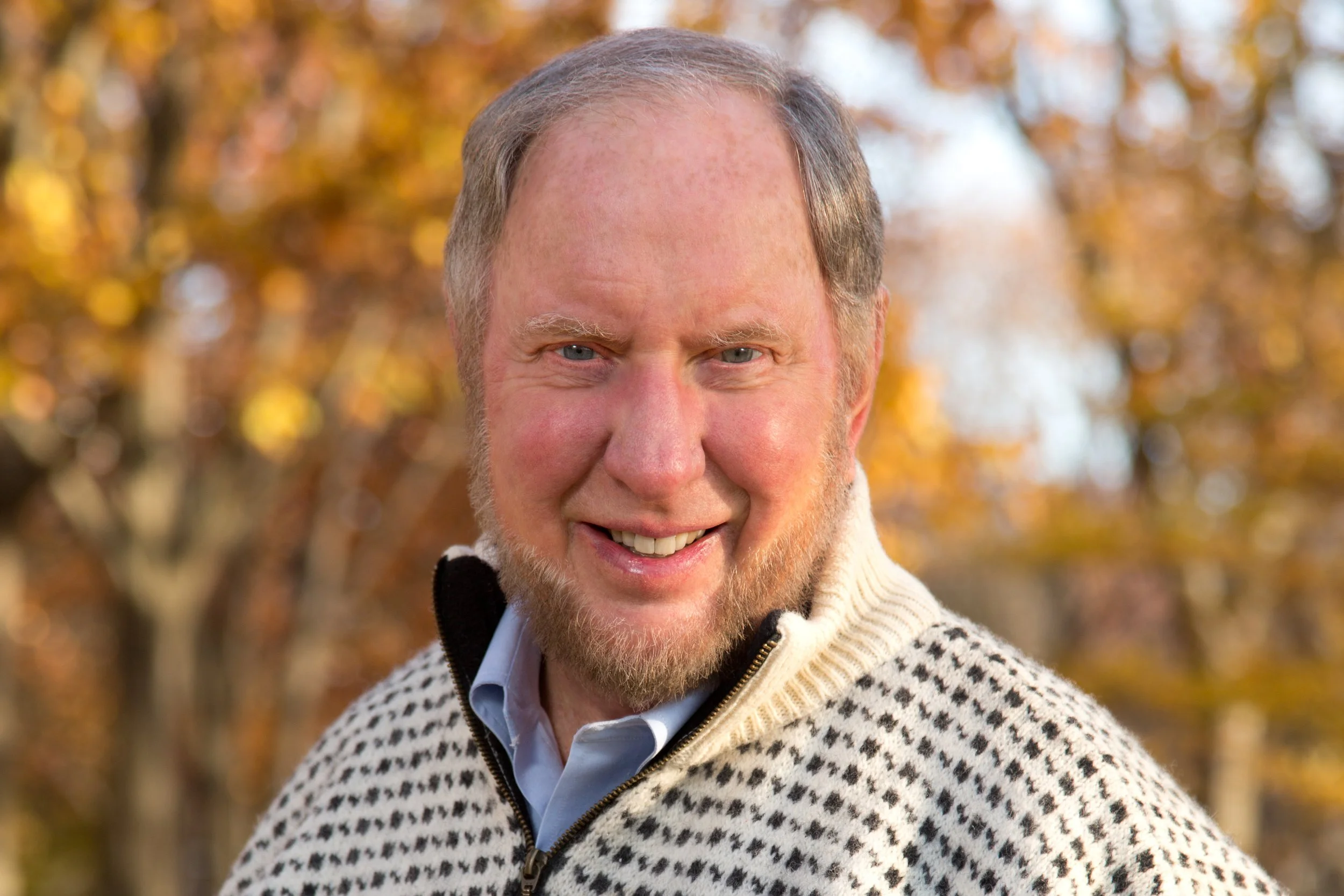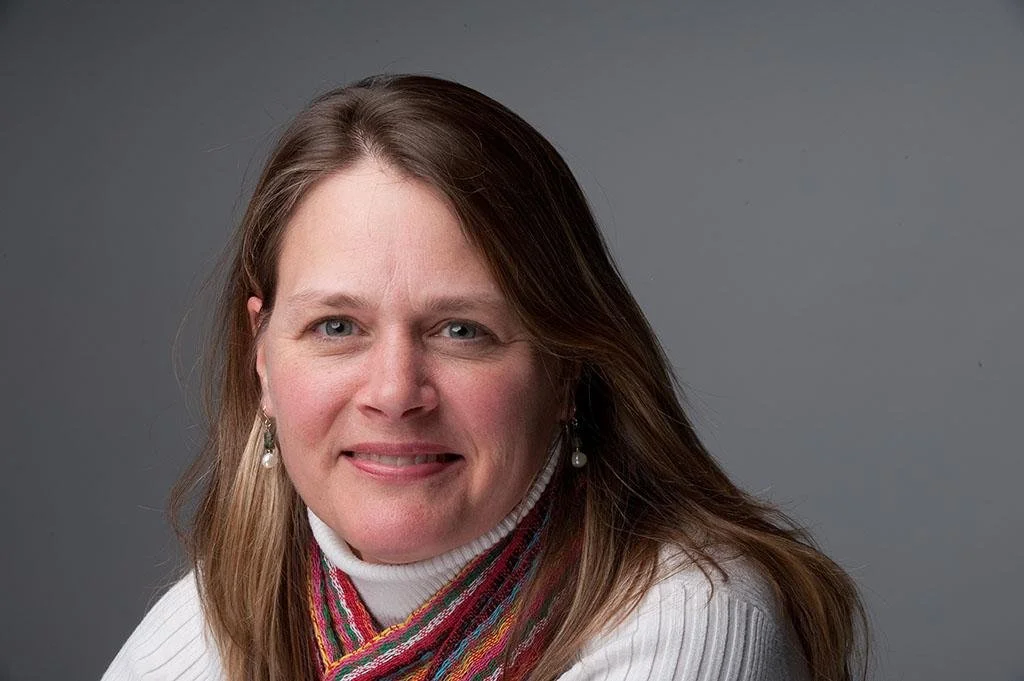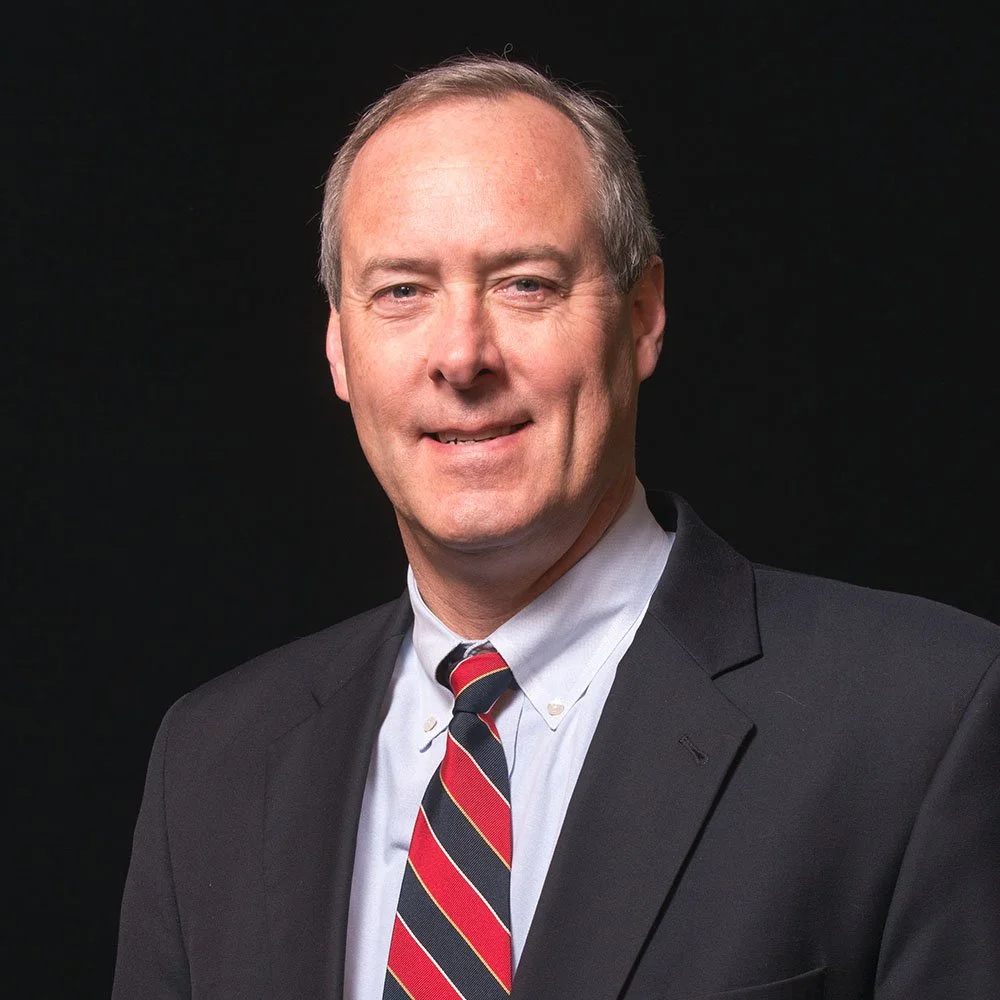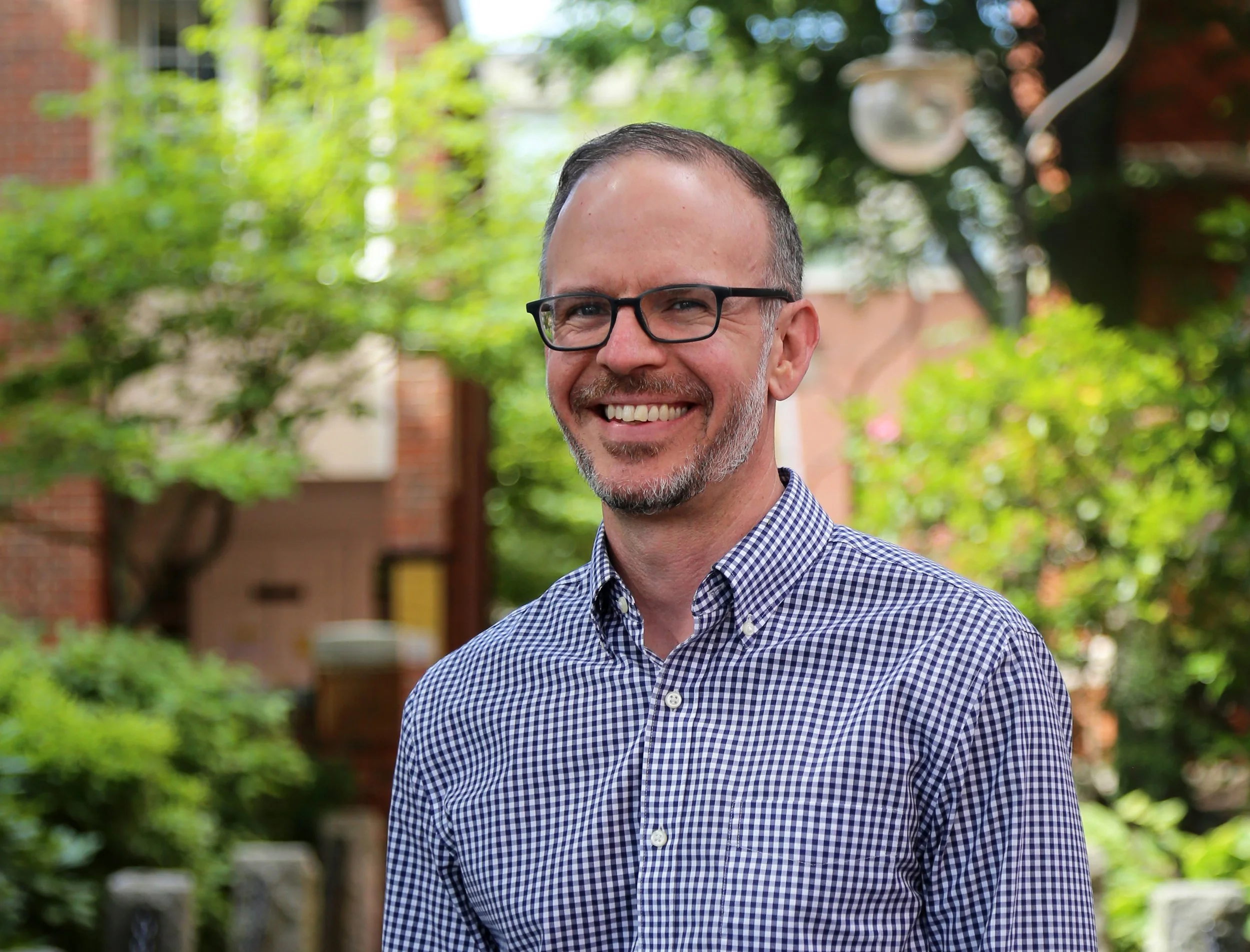Editor’s Note: This article is part of an ongoing series taking a deeper look at the Civic Health Index and what it means for Granite Staters.
By Max Scheinblum, Granite State News Collaborative
Other than the addition of women and minorities to the voting population, the biggest change in New Hampshire’s town meeting history came in 1995, when then-Gov. Steve Merrill signed Senate Bill 2 into law.
SB2, as it is commonly known, allows the quintessential New Hampshire town meeting a chance to move out of a high school gymnasium and into a voting booth. For some, this erodes America’s “last true vestige of true direct democracy,” as journalist Amy Crawford called it. For others, it gives the nearly 400-year-old practice a jolt of modernity.
Either way, the debate lends a spotlight to local politics while the country at large is increasingly nationalized. And for many, the attention helps renew a sense of pride for the “Live Free or Die” state.
“What's great about New Hampshire is we’re grassroots,” said Lori Radke, chair of the Bedford Town Council. “And the more we take away from our grassroots traditions, then we become Massachusetts, God forbid.”
Across New Hampshire’s 221 municipalities, about a third are so-called “SB2 towns” that opted to do town meeting via ballot. And, for civic engagement’s sake, there has been no discernible downtick in local election attendance since 1995.
“What I always hear from towns is it just depends on what's on the warrant,” said Margaret Byrnes, executive director of the N.H. Municipal Association. “And whether we see, you know, an uptick in attendance or whether we see lower attendance is really driven by issues more than anything.”
In Bow, Byrne’s sentiment rings true.
“There's some town meetings when they're pretty regular items, nothing really controversial, where there aren't a lot of people in attendance compared to a year when we tried to build a safety center and there was an overflow in the auditorium,” said Town Manager Dave Stack. “We had to set up a second spot in the gym for people in the cafeteria, and we actually, I think, delayed that meeting so we could set all that up with cameras.”
The 8,000-person town on the outskirts of Concord has rejected SB2 six times, consistently validating the community’s appetite for education and engagement. When asked about any particular reasons Bow has repeatedly stuck with a traditional town meeting, Stack cited the transformative potential of hearing from fellow residents.
“I've seen some votes where you can kind of tell the sense of the room is changing once (an issue is) discussed among the voters,” he said. “So I think that's the biggest reason here that there's been a push for” the traditional town meeting.
He recalled a moment during the end of a recent town meeting.
“A resident just stood up and said ‘Hey, isn't this a great way to do it? You know, to do it at town meeting and talk about it?’” Stack said. “I can't remember who that particular person was, but everybody was in agreement that this is a great way to do it.”
The most recent rejection came in 2021, when 426 of the 537 town meeting attendees again voted for Bow to keep classic direct democracy. But between that failed article and another recent hot-button issue, cracks in the system are beginning to show, Stack said.
A recent town meeting that included a proposal to put a cell tower on town property was pretty well attended, he said, but there was more talk about non-attendees than he’d heard in years prior.
“I know there was a large group of people saying, 'Geez, I'd love to be able to (attend), why can't we vote over the next period after we talk all about these things,’” Stack recalled. “Or how about parents with kids and stuff that can't make it but are looking for different technology. You know, they'd like to participate but in a different way, you know. Watch the meeting streaming or whatever, and then be able to make a decision.”
He said some people seemed to want a “sort of hybrid of an SB2,” with a deliberative session with a live audience in a “supersized Zoom meeting or something.”
“But that form of government just isn't available, even if you want to consider new technology or rolling in
some hybrid type thing,” Stack said. By law, “it's SB2 or it's town meeting.”
One thing that could help give town managers like Stack more options is more research.
Perhaps the lack of reliable town meeting attendance data stems from the fact that there is no central entity to report the data to, and the only statute that requires tracking what happened at public meetings is to record and post minutes, said Byrnes, the municipal association director. But those formats vary from town to town, writer to writer and year to year.
So, the only way to determine a headcount is to scour the dense documents. Citizens are left to “CTRL+F” — if they’re lucky enough to find a searchable PDF — and type “attendance,” aiming to find a tally at the beginning, end, or buried within the warrant articles, something this reporter has firsthand experience with. But this effort might not work. Some reports don’t even mention a voter count.
The Enfield experience
Though the SB2 form isn’t perfect either, it is a definite improvement in terms of recordkeeping. Municipalities are required to post election results and ballot counts, leaving a concrete paper trail for the voting portion of SB2 town meeting. Deliberative sessions, on the other hand, use the same piecemeal minutes system as a traditional town meeting.
That system doesn’t usually lead to anything concrete, but in Enfield, declining deliberative session numbers fueled a switch away from SB2 over two decades ago.
“The ‘old style’ town meeting allowed for a greater number of voters to be educated on the articles by hearing and participating in discussion of each article,” read minutes from a 2001 deliberative session. “B. Mayer said that it was his experience with other towns that the same thing was happening to them under SB2, that fewer people were attending the deliberative session.”
This was just five years after Enfield voted to switch to SB2 in 1996 — the first year the legislation took effect. In 1997, a motion to rescind SB2 failed, but on March 13, 2001, Enfield went back to the “old style.”
During the 2021 town meeting, Enfield residents petitioned to put the SB2 question back on the ballot, citing everything from ease of access to a lack of engagement as a rationale to vote by pen rather than voice. But the motion failed, and the article died in the meeting.
Smaller means more
To help towns like Enfield make more personalized decisions, the municipal association published a study in 2012 — the 15th anniversary of municipalities’ first SB2 votes — that looks at deliberative session attendance as a percentage of the voter population.
Though the report only focuses on 27 eligible populations — due to a widespread lack of attendance figures — it found towns with relatively small populations have higher percentages of voter participation than larger towns. That largely holds true for traditional town meeting too, according to several town officials across the state.
But that is the only known compilation of deliberative session data, meaning anecdotes tell the story of SB2 town meeting since. Part of the reason there has not been another is that the organization used to have a staff researcher. But Byrnes is hopeful there will be more quality information in the years to come.
“We don't have a plan to do a new study, but it's actually something we're looking at as part of NHMA's strategic planning for the future,” she said, noting that town meeting attendance and format research is near the top of her list. The hope is to disseminate high-quality, reliable data across New Hampshire's 221 towns and 13 cities.
One size does not fit all
Similar to the attendance question, there is no discernable formula to determine whether a town would be better off with SB2 or the traditional town meeting.
The prevailing thought used to be larger towns were better SB2 fits while smaller ones would stick with a traditional town meeting, but that is no longer the case.
“At this point, we've seen quite a variety of towns adopt it, and so often it's because there's an interested contingent in town that's driving it,” Byrnes said, citing Bennington and Ashland, whose populations sit around 2,000, as smaller SB2 towns. “Whether that's local officials and residents or fully resident-driven, they have reasons that they think it would be better for their community and they're the ones who push it forward.”
Bedford’s SB2 vote this past spring featured a clash in interests between residents and the town council. When a group initially brought the question to the council two years ago, the council voted unanimously to keep municipal budget voting in traditional town meeting form. It turned out that 74% of voters felt differently.
“It's never been an issue as long as I've been here 20 some-odd years,” said council Chair Lori Radke. “You get your outlanders, you get people who complain, but, for the most part, it's never been pitchforks out saying, ‘Hey, (the budget is) up too high.’ It's never really been that, so we never saw a reason for (SB2).”
But that was not the reason several residents wanted to move to the secret ballot system — it was more of a numbers game. Jay Nash, a member of the Bedford School Board from 2018 to 2021, saw those inconsistencies firsthand and became the town’s “primary agitator,” he said.
“We would have 4,000 people show up and vote on everything else on Tuesday, and then Wednesday night at 7 p.m., 50 or 60 people would show up to vote (for the budget),” said Nash, describing the differences in voter participation between the 2023 school board election and 2023 budgetary town meeting. “And I just found that to be in need of repair.”
So, in agreement with the town charter, he and other Bedford residents got enough signatures on a petition to get a question on the town ballot in 2023. But it didn’t ask if the town could switch to SB2. It instead asked the town for permission to form a charter commision to explore the potential of switching town budget voting to a secret ballot.
The typical SB2 switchover is much more streamlined for most towns in New Hampshire, which mostly operate under statewide statutes. A charter, effectively a town’s constitution, makes for more bureaucratic rungs to climb. While that form of government is cited as a better fit for the Granite State’s larger towns and cities like Bedford, it is more difficult to amend, similar to the discrepancies between Congress passing a law and amending the United States Constitution.
Bedford’s charter commission was voted into existence with over 70% of the vote, and after months of meetings and research, its nine members unanimously recommended that the town, with more than 23,000 residents, switch to an official ballot. That recommendation appeared on the 2024 ballot, and it obtained the three-fifths majority needed to make it part of the town charter.
Pluses and minuses
For Nash, SB2’s two-pronged schedule is the best of both worlds. The deliberative session preserves the opportunity for a town meeting full of discussion, dissent and amendment, even though the final vote will happen 30 days after.
“That time allows the other people who maybe couldn't make it to that meeting … to become informed on all of the things that happened at that meeting and then decide whether or not they want to approve it,” he said.
But Radke is dubious about how much will be preserved, given the substantially larger voter pool that comes with SB2.
“You have thousands of people voting on a budget, and out of that thousands of people that voted on it, how many people go to the deliberative session to understand it? Probably the same amount of people that would actually be voting on it [the old way],” she said. “So you've got 1% that know about the budget and the rest of them have no idea what's in it. They're just showing up at the polls. They're going to hit ‘yes’ or ‘no.’ They have no idea what's in that budget.”
Nash said that was a common refrain he heard throughout the years-long process. The example he used was a person telling him they would rather have 70 informed people voting on the budget than 700 who don’t. He called that a “false dichotomy.”
“There's no guarantee that those 70 people actually knew what they were doing other than they were just asked to show up because somebody wanted to put something on the budget at that meeting, right?” he asked. “It's kind of cynical to suggest that out of those 700 people, all of them were ignorant on the issue and aren't smart enough to decide whether or not they can afford your budget.”
But the proof will be in the proverbial paper pudding, and Radke and the rest of the town council have a great deal of planning, education and outreach ahead of them.
“Hopefully they'll show up at deliberative sessions — I'm not so convinced that they will,” she said. “But it's our job to present that budget line by line and more articles as well. So it's a whole new learning curve for all of us.”
These articles are being shared by partners in the Granite State News Collaborative. For more information, visitcollaborativenh.org.
